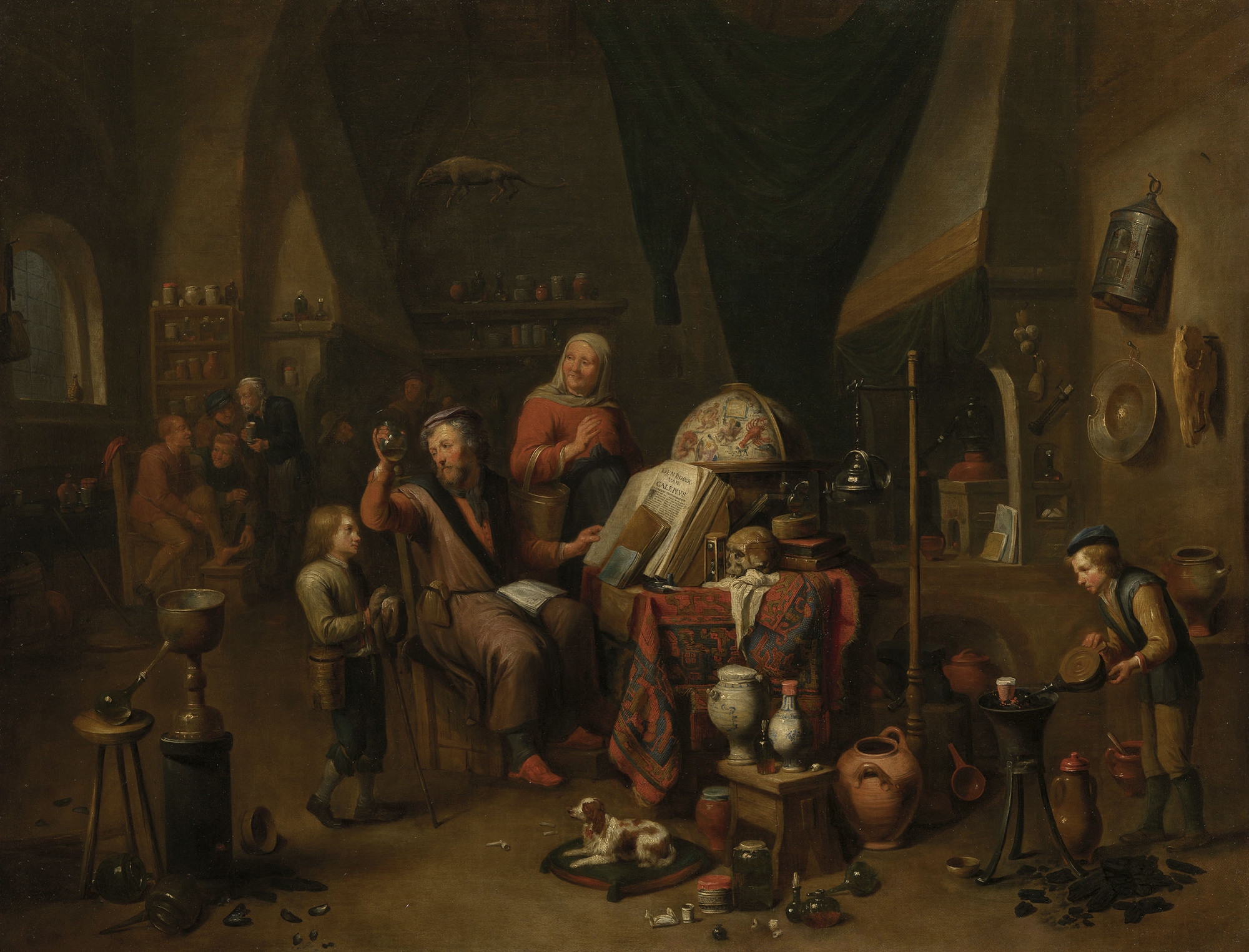Stories of Medics and Medicine in the Royal Collection
Objects and paintings illustrating the changing perception and use of medicine

The Royal Family has a long history of supporting doctors, nurses, healthcare workers and celebrating key moments of medical progress. In the eighteenth century, Queen Charlotte, consort of George III, was instrumental in helping to popularise the practice of smallpox inoculation. During the Crimean War (1853–6), Queen Victoria was a key supporter of Florence Nightingale’s nursing reforms. The Queen sent medical supplies to the front, and the two women met at Balmoral in 1856 to discuss Nightingale’s achievements. During the First World War (1914–18), King George V and Queen Mary visited hospitals and convalescent homes in Britain and abroad as part of their personal war effort. The Queen has continued this tradition, frequently visiting hospitals and healthcare organisations across the UK and Commonwealth throughout her reign. The Queen is Patron of many such organisations, including the Royal Colleges of Nursing and Physicians and The Queen’s Nursing Institute.
The Royal Collection holds a number of fascinating objects that illustrate the history of medical discovery, express changing perceptions of healthcare and demonstrate how scientific innovations were embraced by the wider public.
Select an object below to find out more.




